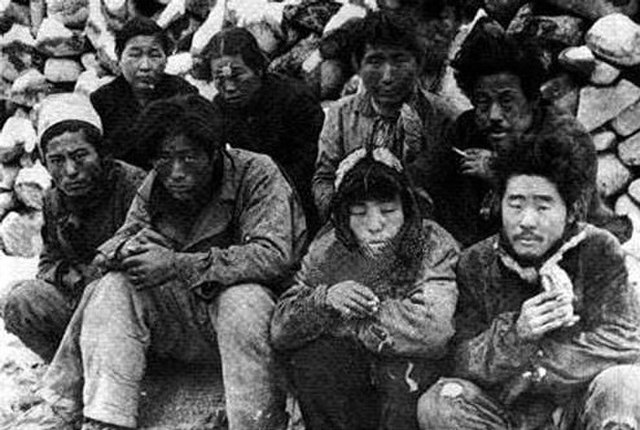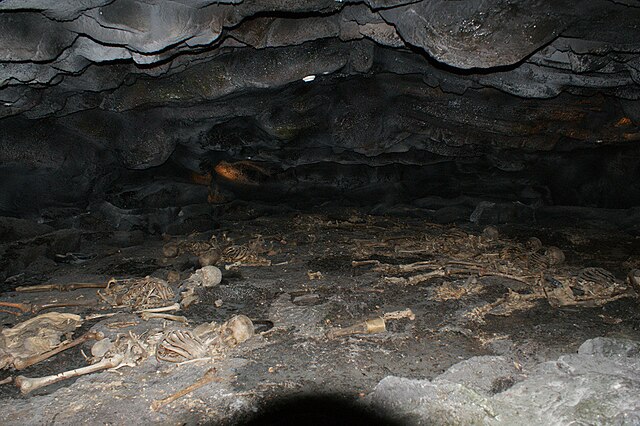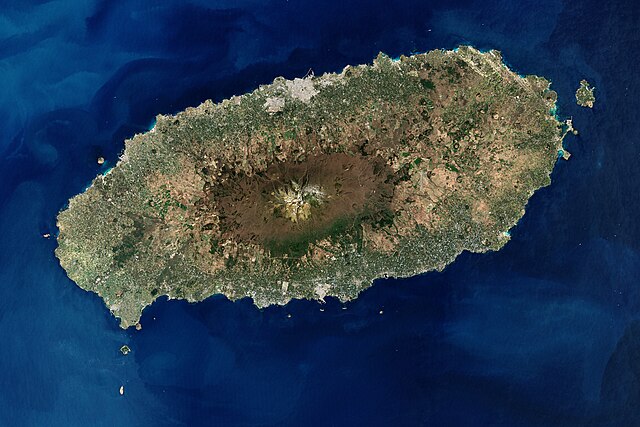The Jeju uprising, known in South Korea as the Jeju April 3 incident, was an uprising on Jeju Island from April 1948 to May 1949. A year prior to its start, residents of Jeju had begun protesting elections scheduled by the United Nations Temporary Commission on Korea (UNTCOK) to be held in the United States-occupied half of Korea, which they believed would entrench the division of the country. A general strike was later organised by the Workers' Party of South Korea (WPSK) from February to March 1948. The WPSK launched an insurgency in April 1948, attacking police and Northwest Youth League members stationed on Jeju who had been mobilized to suppress the protests by force. The First Republic of Korea under President Syngman Rhee escalated the suppression of the uprising from August 1948, declaring martial law in November and beginning an "eradication campaign" against rebel forces in the rural areas of Jeju in March 1949, defeating them within two months. Many rebel veterans and suspected sympathizers were later killed upon the outbreak of the Korean War in June 1950, and the existence of the Jeju uprising was officially censored and repressed in South Korea for several decades.

Jeju inhabitants awaiting execution in late 1948
Recreation of the Daranshi cave massacre on Jeju Island
Jeju Island is South Korea's largest island, covering an area of 1,833.2 km2 (707.8 sq mi), which is 1.83 percent of the total area of the country. Alongside outlying islands, it is part of Jeju Province.
Satellite image of Jeju Island
Baengnokdam in Hallasan
Mountains in Jeju
Daepo Jusangjeolli Cliff






